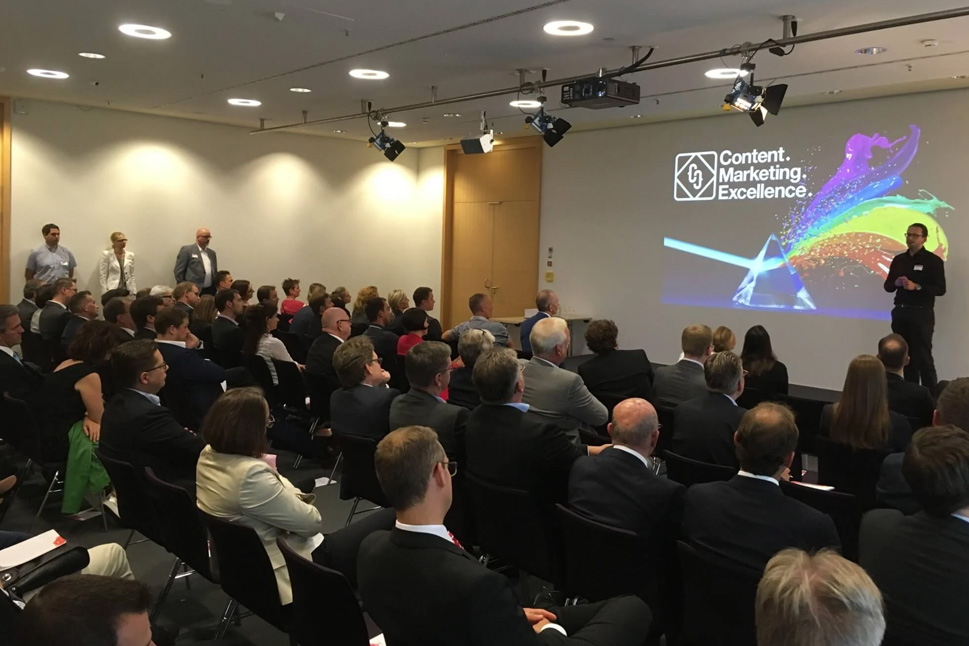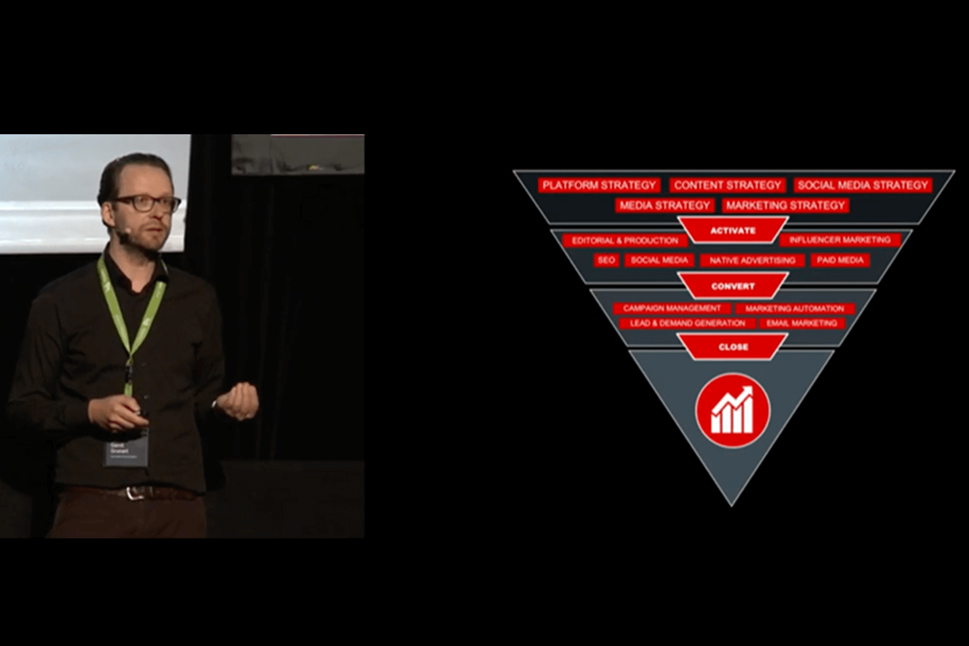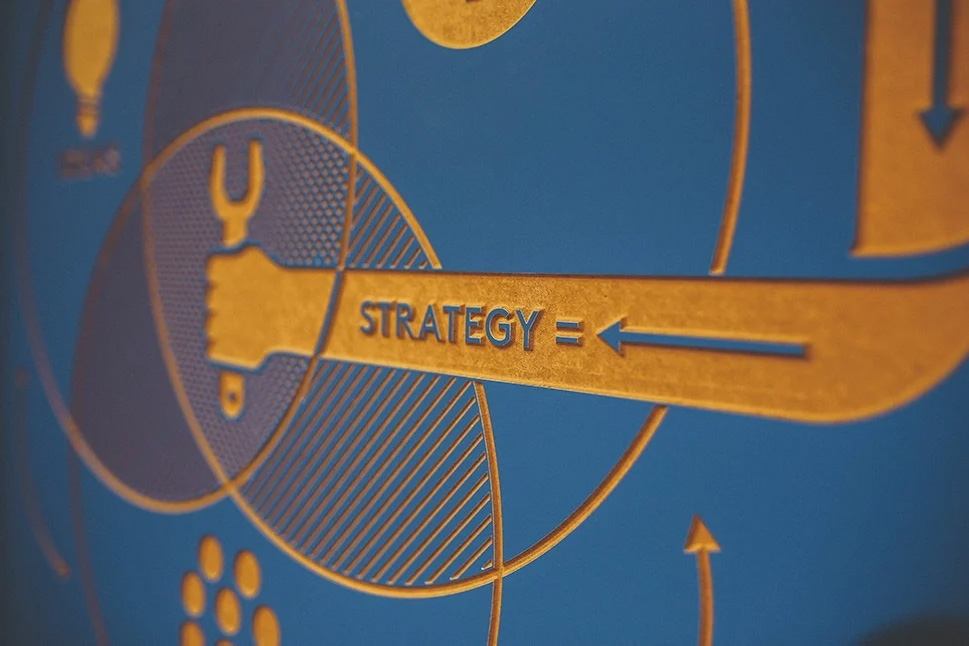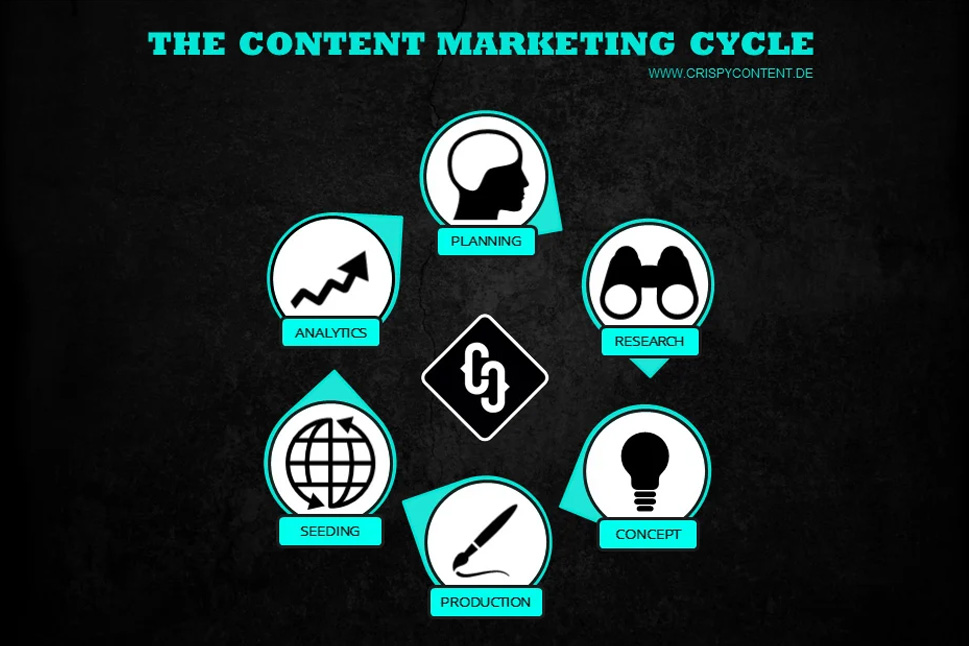Marketing Departments: Combining Human Expertise and Technology
Last updated on July 4, 2025 at 07:30 AM.Internationally active companies face the challenge of scaling communication processes efficiently while preserving their brand identity. Within the marketing departments of globally operating mid-sized companies and corporations, one thing becomes clear: it is not enough to simply assign tasks to more people or introduce new tools. The key lies in the precise distribution of tasks between humans and technology—a topic gaining increasing importance across the industry. As market complexity increases and demands for content quality rise—while budgets remain tight—marketing teams are forced to rethink their processes. Automation can help, but it cannot replace everything. A clear division of responsibilities that meaningfully combines human expertise with technological capabilities is essential for working efficiently and delivering a consistent brand experience.

Marketing Complexity: Balancing Quality and Efficiency
The challenge for marketing leaders is finding the right balance between quality and efficiency. While automation can accelerate repetitive tasks and reduce errors, human creativity remains the guarantee for relevant, differentiated communication. There’s a real risk that over-automation could flatten brand personality.
At the same time, the pressure to use budgets efficiently is growing—without compromising the demands of brand communication. Marketing leaders must ask: where does automation make sense? Where is human expertise irreplaceable? And how can both be combined to ensure scalability and quality?
Digital Agencies: Clarity Through Defined Roles
Automation is most effective where processes can be standardized. In areas like data analysis, campaign monitoring, or content distribution, technical systems often outperform human colleagues. The challenge lies in designing interfaces so that technology relieves teams of routine tasks, creating space for strategic and creative work.
Defining roles is key: developing core creative ideas, storytelling, and communication architectures remains the domain of human expertise and industry knowledge. Automation should support—not replace—these processes. Knowing what can and cannot be delegated creates clarity within the team and enables smoother operations.
Technology as a Relief: Choosing the Right Tools
Choosing the right tools and interfaces is critical to achieving the desired outcomes from automation. Many companies invest in systems that promise much but fail to provide real relief in daily operations. What’s crucial is that the technologies integrate seamlessly into existing workflows and offer genuine support—such as automated reporting, intelligent content platforms, or streamlined approval workflows.
Regular team feedback helps identify pain points and develop solutions that meet actual needs. Importantly, systems should not become black boxes—they must provide transparency and be manageable.
B2B Brand Agencies: Managing Change with Confidence
Introducing new technologies and processes doesn’t always spark enthusiasm. Change initiatives can cause uncertainty, especially when they challenge familiar routines. Marketing leaders must take concerns seriously and clearly communicate the benefits of new ways of working.
This also creates new leadership demands: the ability to guide teams through change is becoming a core competency. Open communication, targeted training, and involving teams in decision-making help build acceptance for new tools and methods.
Practical Examples: A Successful Symbiosis of Automation and Human Control
Real-world examples show how people and technology can work together effectively. One international industrial company uses automated market data analysis to detect trends early and target content accordingly. However, content strategy and messaging remain in the hands of experienced marketing and communications experts who apply their industry knowledge and craft audience-specific content.
Another example from the B2B sector: a global technology provider uses automated email campaigns based on individual user interests. Segmentation and personalization are handled by an intelligent system. Final approvals, fine-tuning the tone, and creative execution are managed by the marketing team—resulting in efficient, yet personalized communication.
Cross-Industry Challenges and Solutions
The challenges are similar across industries: processes must become faster, more transparent, and more secure—without sacrificing quality. At the same time, new tools and methods must be integrated into existing structures without overwhelming teams. Resistance must be reduced, and a culture that embraces experimentation and learning must be established.
One proven solution is launching pilot projects to test new tools on a small scale. This allows teams to gain experience without major risks. Regular feedback loops help continuously optimize processes and keep teams involved.
First Steps Toward Future-Proof Marketing Processes
Companies looking to scale and future-proof their marketing processes should start with an honest assessment: what tasks can be automated? Where is human expertise still essential? From there, it’s important to define clear responsibilities and select appropriate tools.
Continuous team training is another critical factor. Automation only delivers value when employees understand and can effectively use the new systems. In addition, exchanging ideas with other companies and agencies helps share best practices and gather valuable insights.
Marketing Departments: Strategies for Sustainable Success
Scalability, efficiency, and quality are not mutually exclusive—they can be achieved through smart task distribution and the targeted use of technology. Clearly defined roles, well-chosen tools, and team involvement in change processes are essential building blocks for long-term success.
Organizations that embrace these challenges and remain open to new approaches benefit from more efficient workflows, higher-quality content, and stronger brand positioning. Striking the right balance between automation and human control is a dynamic process—and a long-term investment in the future of brand communication.
Your Path to an Efficient Marketing Organization
A combination of clear processes, technological expertise, and human creativity gives marketing leaders the tools to deliver scalable and effective communication—even under challenging conditions. Those who are willing to question existing structures and explore new paths create the foundation for a marketing organization that can adapt to change and deliver lasting results.
In-depth insights into best practices and strategies—such as those found in specialized literature or practical e-books—can help optimize the synergy between people and technology within your organization and support you in achieving your marketing goals efficiently.
Creative, smart and talkative. Analytical, tech-savvy and hands-on. These are the ingredients for a content marketer at Crispy Content® - whether he or she is a content strategist, content creator, SEO expert, performance marketer or topic expert. Our content marketers are "T-Shaped Marketers". They have a broad range of knowledge paired with in-depth knowledge and skills in a single area.








.png)











.jpg)

-1.jpg)

-1.jpg)
.jpg)



.jpg)













.jpg)







.jpg)


























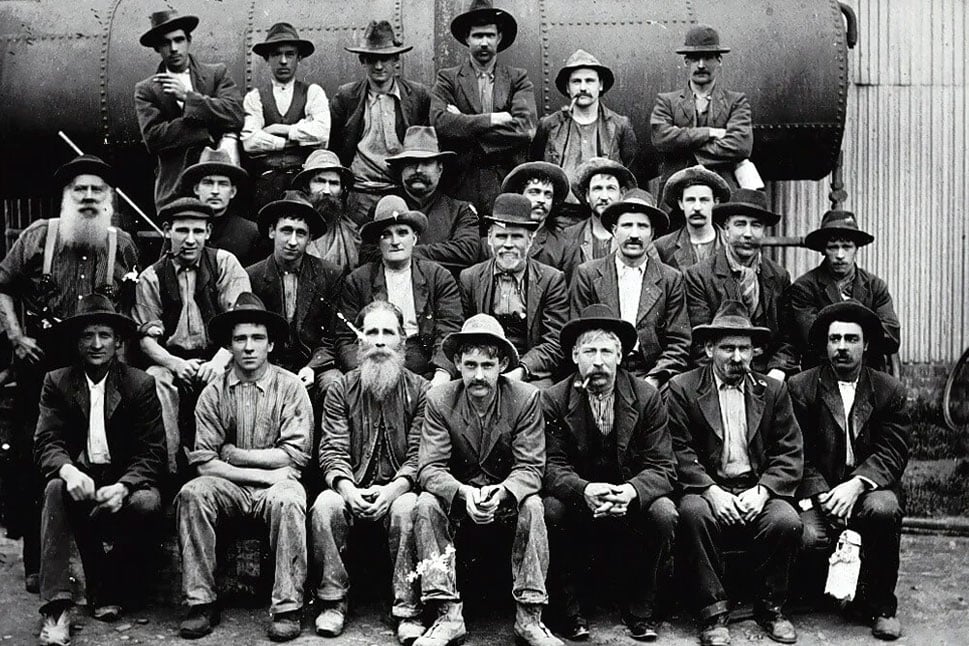






.jpg)
















